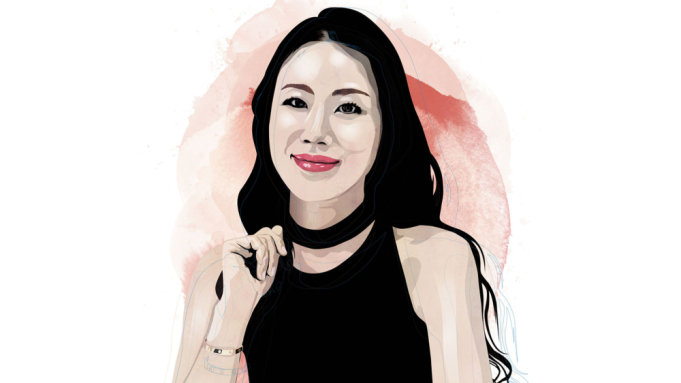Farfetch Sales Jump in Road to Potential IPO
BOF – Revenues and gross profits at the fashion-tech giant grew by 74 percent each in 2016, as significant investments in China and other emerging markets come to fruition. Will it earn that reported $5 billion valuation?

Farfetch founder José Neves | Source: Courtesy
LONDON, United Kingdom — Farfetch, the luxury fashion marketplace and e-commerce platform founded by Portuguese entrepreneur José Neves in 2008, is often heralded as one of the key start-ups disrupting the retail and fashion industry, raising an estimated $700 million in funding since its inception. In June 2017, reports surfaced that Farfetch was in the process of appointing bankers to manage a public listing in New York that could value the company at up to $5 billion. Previous estimations of the company’s value have been closer to $1.5 billion.
If Farfetch does indeed IPO, what’s the more likely valuation? According to the company’s latest filings, obtained by BoF, Farfetch’s gross merchandise value — or the total value of goods sold through the platform — grew to £548 million (about $718 million at current exchange) for the year ending December 31, 2016, up 81 percent from the same period in 2015.
Sales hit £151 million (about $198 million) in 2016, while gross profit climbed to £87 million (about $114 million), both up 74 percent from 2015.
“Farfetch is establishing itself as the only platform for luxury at a global scale,” Neves told BoF. “This means we’ve been making significant investments in China and the broader Asia-Pacific region and in other emerging markets such as Latin America. Those investments are paying off in the form of strong gross merchandise value and revenue growth.” Sales generated outside of the European Union grew 68 percent last year.
In June 2017, Farfetch bet further on China, the world’s third-largest luxury market, taking on a $397 million strategic investment from Chinese e-commerce giant JD.com.
Farfetch, however, is not yet profitable, reporting losses of £34 million ($45 million) in 2016, a 19 percent increase from the year before. “Our programme of investment is designed to support the company’s ambitious growth plans,” Neves said. “Over the year, we focused our investments on technology, as well as customer acquisition and hiring to support our growth.”
The results come at a critical time for Farfetch, which according to reports could list for an IPO as soon as 2018. While the business could be an attractive acquisition target for potential buyers like Amazon and private equity firms, going public is the most likely outcome to please investors.
Farfetch’s greatest competitor, the Yoox Net-a-Porter Group, did about $2.2 billion in sales in 2016. Another rival, multi-brand retailer MatchesFashion — which was recently acquired by private equity firm Apax Partners at a reported $1 billion valuation — generated $268 million, up 61 percent from a year earlier. Both companies garner more revenue, but Farfetch’s business model is leaner. “Investors appreciate the capital-light model used by Farfetch, which enables it to offer broad product depth,” Michelle Wilson, equities research analyst at Berenberg Bank, recently told BoF.
While Neves has persistently remained set on taking things slowly, he has not counted the possibility of an IPO out. “We don’t have any timing,” he told BoF in May 2017. “But it’s the next financial milestone for the business, that’s for sure.” www.businessoffashion.com


